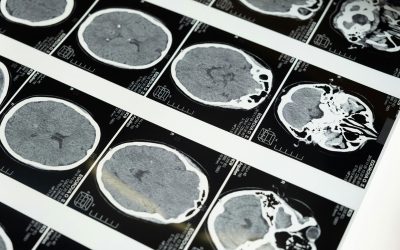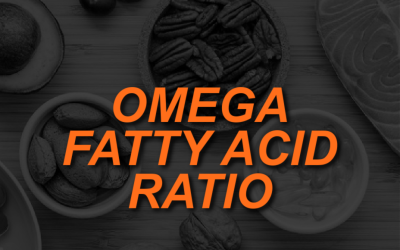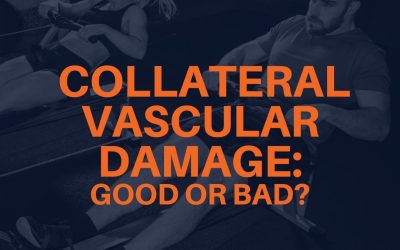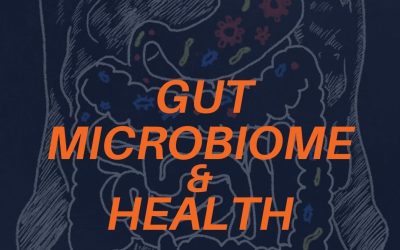From caffeinated coffee to ayurvedic herbs, nootropic substances keep popping up in relation to overall wellness. Here we shall delve into the topic, highlighting some of the more common nootropics and whether they may confer any benefit to you and your clients....
Cathleen Kronemer
Mycoprotein for Muscle Growth
The need for sustainable food proteins, a focal point of interest among agricultural scientists and health professionals for years, continues to spiral. As our global population enlarges, on target to hit 10 billion individuals by the year 2050, we need greater...
Pitfalls and Disadvantages of Personal Training Career: Reality Check for Prospective Fitness Trainers
You have just decided you want to pursue a Personal Trainer certification --- congratulations! This exciting and rewarding career path opens doors to guiding others to live their best possible lives by achieving their fitness and health goals! While this endeavor may...
Eye Color and Ocular Health: Keeping An “Eye” On Pain Tolerance
Aside from the blessing of vision, our eyes hold a wealth of information, from athletic abilities to pain tolerance and a predilection towards certain diseases. Understanding the role of exercise and even eye color in protecting our personal training clients' ocular...
Balancing the Omega Fatty Acid Ratio in the Standard American Diet
Most health and fitness professionals have come to accept the premise that more omega-3 fatty acids in the diet can help control inflammation and heart health. However, the picture gets muddied when we consider that the average American ingests more omega-6 fatty...
Blood Clots and Anticoagulants: Training Clients on Blood Thinners
As personal trainers, our training renders us well-versed in the subtleties of tweaking clients’ workouts to accommodate a variety of chronic health issues, of which understanding and recognizing the signs of blood clots is included. While some health situations can...
What Is the Optimal Training Volume and Intensity for Strength Gains? Is More Actually Less?
Volume, frequency, and load all factor into a successful resistance training program. Many personal training clients ask how often they should work out, how intensely, balancing cardio and weight training…but so much more comes into play. The gaining of lean muscle...
Collateral Vascular Damage: A Good or Bad Thing For Building Muscle?
Collateral damage refers to any unintended side effects that may result from an initially positive endeavor. Bodybuilding and resistance training programs carry the potential for damage at the cellular and vascular levels. Here we explore the physiology of various...
Wind Sprints: How to Effectively Train Personal Training Clients for Speed
Wind sprints have secured a prominent place among today’s vast array of personal training options. Consisting of a series of top-speed running spurts, followed by “recovery” walking, wind sprints offer a multitude of benefits. Changing particular variables of the...
Fun, Functional Movement for Young Clients With Limb Weakness
Lower limb weakness can present in children and young people who are diagnosed with muscular dystrophy, multiple sclerosis, or cerebral palsy. Regardless of its etiology, lower limb weakness in adolescents can be improved through prudent and creative strength...
This Sweet Truth May Turn Your Protein Shake Sour: The Effects of Artificial Sweeteners
Is it possible for a “clean” protein source to work against your muscle-gaining goals and harbor toxic chemicals and artificial sweeteners? The answer may terrify personal trainers and their clients; the details are quite disturbing. Numerous protein supplements...
Rucking: A Weighted Hike for Health and Fitness
The military’s practice of marching with a weighted pack on one’s back, or “rucking”, aims to foster the development of a strong and highly desirable soldier. Why not introduce our personal training clients to weighted hikes for health and fitness? Walking versus...
Seasonal Affective Disorder: How Personal Trainers Can Help Clients See the Light
For those of us who are winter sports enthusiasts, the onset of colder weather signals the beginning of snow-related fun. Yet for others, the shorter days and colder temperatures trigger a cascade of symptoms that are anything but pleasant. Feelings of depression, anxiety, and moodiness are symptoms commonly associated with what scientists have termed Seasonal Affective Disorder, or quite aptly, SAD.
Activities of Daily Life and Posture: What Personal Trainers Need to Know
How much does our personal training clients' posture truly affect back pain? And what do activities of daily life (ADLs) have to do with it? What is Good Posture? Posture refers to the delicate balance of bones, muscles, and connective tissues as we stand, sit, and...
Myostatin: Medical Breakthrough May Lead Athletes Astray
Any serious athlete knows that good results take time: dedication to training, proper nutrition, adequate rest, all of these things are strong contributors to any successful outcome. Some athletes choose to add a variety of natural supplements to their training regimen; yet even with this boost, there is no single “magic pill“ that can instantly transform the physique. Or is there?
The Gut Microbiome and Our Health
Perhaps the time-worn expression “having a gut feeling” holds more potency than any of us realized. Studies of the intestinal gut microbiome reveal how disturbances in its biodiversity can affect everything from obesity and autoimmune diseases to chronic depression....
Can Ice Cream Help Diabetics Reduce Cardiovascular Risks?
Recent research has surprised scientists and befuddled nutrition experts by announcing a data-based finding that diabetics consuming ½ cup of ice cream have a lowered incidence of developing cardiovascular disease, a common comorbid ailment among individuals with Type...
Eating To Reduce Hypertension: Plant-Based, DASH, or Very Low Carb Meal Plans?
Adults living with high blood pressure (a reading higher than 140/90 mm Hg) often present with a host of comorbidities, most often pre-diabetes/type 2 diabetes, high levels of LDL cholesterol, and obesity. Such conditions render these individuals more vulnerable to...











